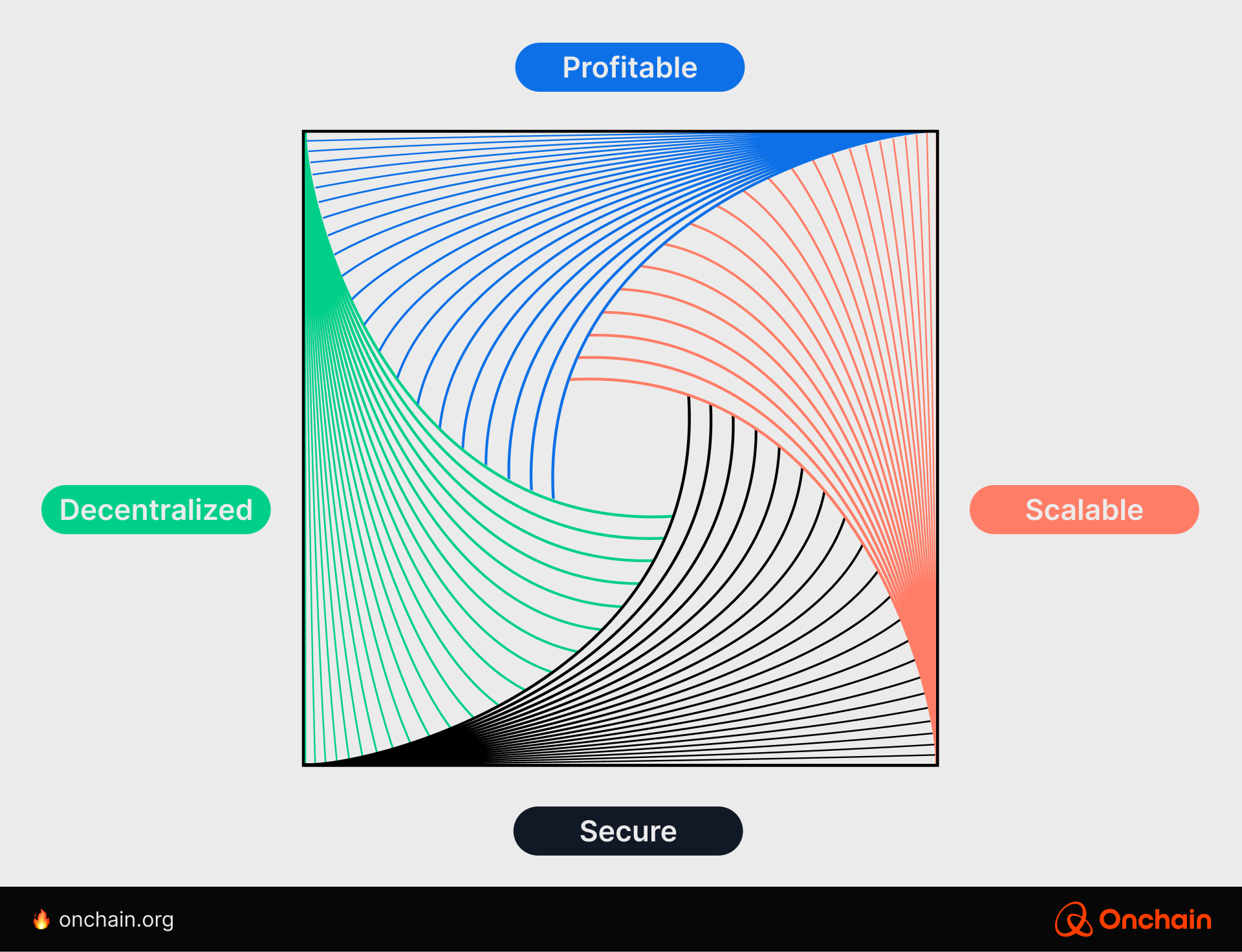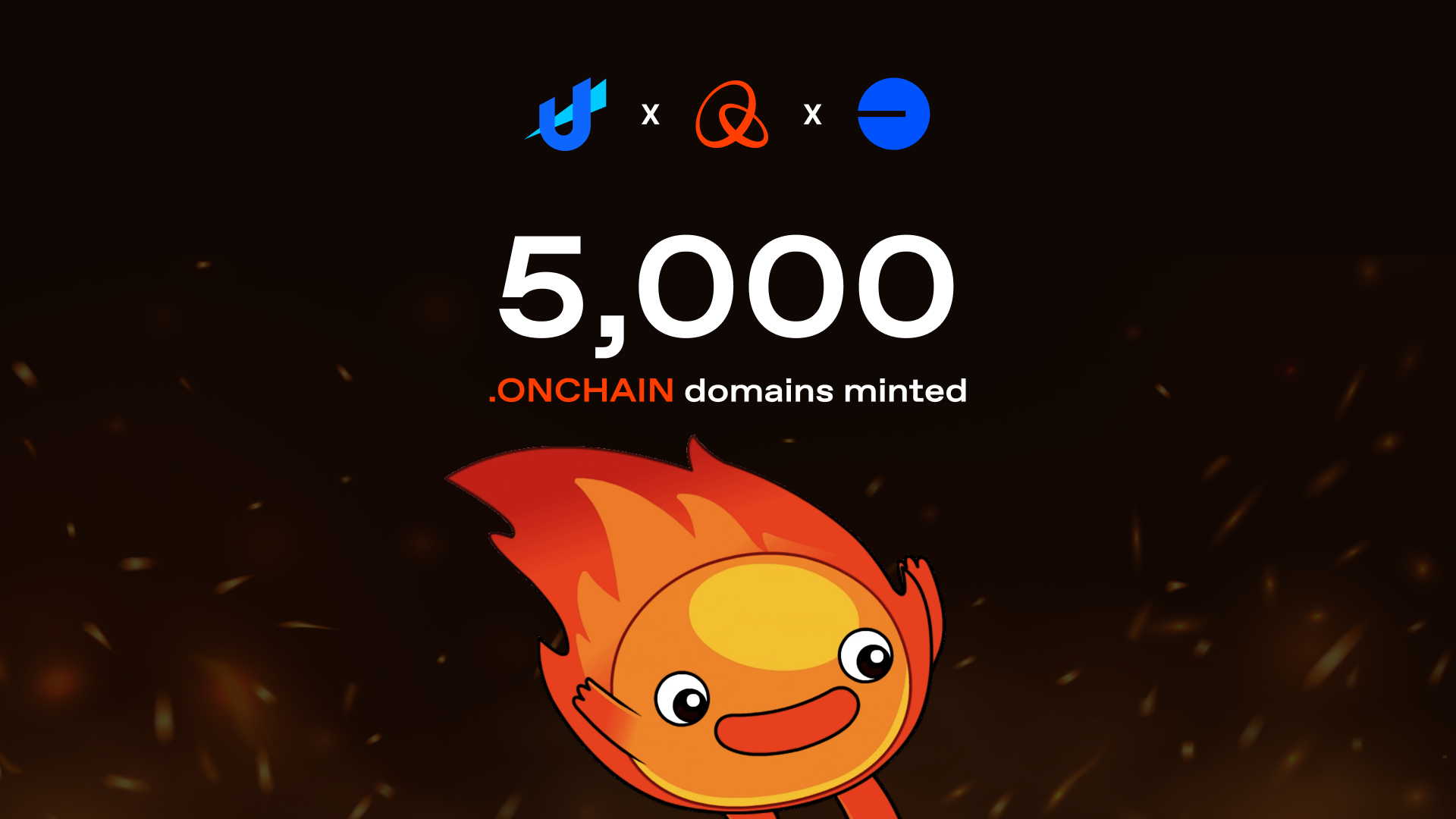Bitcoin is, by nearly all measurements, a massive success. However, I wouldn’t recommend a token launch strategy that uses Bitcoin as the blueprint:
- No community
- No advertising
- No partnerships
- No news coverage
- No marketing campaign
- Onboarding friction for non-technical people
- A token with little-to-no value for several years
That worked in 2009, but that was more than 15 years ago — and Bitcoin set the blockchain standard. If you want to launch a token now, you need a much different approach. Let’s break down what you need to know.
Token launch: first, prepare a plan
Without a good token launch strategy, your promising crypto app is dead in the Web3 water. But before you get ahead of yourself, make sure you have a useful crypto project or Web3 app that is associated with the token launch.
Without that, you’re going to end up releasing another short-lived memecoin. To start, you need a whitepaper with a compelling vision. It should explain the project’s purpose and roadmap, as well as both the technical and tokenomic details.
A key focus should be the purpose of your Web3 app. Is it for payments, governance, utility, Web3 loyalty, stablecoins, or something else entirely? Maybe it’s a multi-purpose Web3 app designed to boost interoperability.
Web3 entrepreneurs, it’s all about the tokenomics
O.k., maybe it’s not all about the tokenomics. But you definitely have to get it right. Create token incentives that work for everyone: the founders, the developers, the investors, and any community you curate — and that’s just the beginning.
On top of that, it’s wise to set aside Web3 tokens for bug bounties, trading liquidity, user acquisition, partnerships, and marketing. If your tokens are a primary funding mechanism, it’s helpful to have a large treasury to push any future funding needs years into the future.
During the Initial Coin Offering (ICO) boom, projects were able to raise huge treasuries. EOS raised a staggering $4.1 bil. It recently rebranded to Vaulta to focus on Web3 banking. These days, token launches typically don’t raise those massive amounts. Think millions, maybe a million.
That means, when launching your token(s), you need to come up with a well-thought-out strategy, including:
- Token type: Are you launching a fungible token or a non-fungible token (NFT)? Maybe you’re launching both. For example, you could launch an NFT membership that includes a future fungible token airdrop.
- Token allocations: You must decide how to divide the tokens among team members, early investors, community incentives, and the token reserve funds you’ll need long term.
- Token demand strategy: To create continuous token interest and demand, give users a reason to want your token. It could be due to its utility, price appreciation potential, or the ability to serve as a governance mechanism.
- Token supply type: Is your token inflationary or hard capped at a certain number? Or maybe your token has a fluctuating supply but is fully backed by real-world assets (RWA) like USDC, FLY, or USDT.
In general, users prefer non-inflationary tokens due to their predictability. However, this leaves you as a founder or entrepreneur with less flexibility post-token launch. For this reason, you should set aside enough tokens for funding needs at the beginning — especially if your token isn’t inflationary. But don’t hoard the tokens, either. That could be counterproductive to your goals.
Demand can, at times, be boosted through staking rewards, airdrops, token buybacks, and early-user token incentives and bonuses.
“Launching a token is likely the most strategic Web3ish decision you can make. If done properly, it’ll help you accomplish all the goals you’ve imagined. However, if you time the token launch badly or make ‘tokenomical’ errors, it’ll be an irreversible mistake.”
–Michal Moneta, Onchain Chief Strategy Officer
Token launch strategy: you gotta pick a chain
To launch a token, app, or project — you need a blockchain (bet that comes as a surprise😂). Picking the right chain is a critical decision. Sure, you can migrate chains later, but that can create technical headaches and turn off your, hopefully large, user base.
No blockchain is perfect, so you’ll have to weigh the tradeoffs and how they affect your particular venture. Important factors to consider include:
- Cost
- Scalability
- Ecosystem support
- Security and reliability
- Smart contract functionality
In addition, it can be helpful to build on a blockchain that already has a thriving ecosystem of projects and a large user base. While you’re probably familiar with the blockchain trilemma, we have added another block to the blockchain puzzle.

Without sustainable revenue, it doesn’t matter how scalable, secure, and decentralized your project is. Web3 entrepreneurs often overlook this, especially with the price volatility in the Web3 app space. Building on a blockchain with a strong existing community can be a good start on the path to financial sustainability.
Ethereum has a large ecosystem of users, developers, and Web3 apps. For this reason, many projects choose to build on Ethereum or another chain that is compatible with the Ethereum Virtual Machine (EVM). Building on an EVM-compatible blockchain lets your app interact with Ethereum and every other EVM-friendly chain.
For example, we chose the Base blockchain, an Ethereum Layer 2 (L2), to launch our Onchain Domains. These Web3 domains have now been minted more than 5,000 times.

You can learn more about the pros and cons of different blockchains from our debut report, The Future is Modular.
Is picking multiple chains a good token launch strategy?
Omnichain, multichain, crosschain — whatever you want to call it — interoperability is becoming increasingly important. As a Web3 entrepreneur, you should strongly consider launching on a blockchain protocol with built-in interoperability. Projects like Cosmos and Polkadot were built from the ground up with interoperability in mind.
The stablecoin USDC is available on over 70 different blockchains and counting. By giving potential users onchain choices, you can find them where they are.
Speaking of interoperability, maybe we need more than a tetralemma. I’d like to propose a pentalemma that includes interoperability. You need to give users what they want — and they don’t want siloed and constrained blockchain ecosystems.

Token launch checklist for Web3 entrepreneurs✅
Building a great crypto app isn’t easy, but it can be highly rewarding. Here are some more things that you shouldn’t overlook as you embark on — or continue — your founder’s journey. While not the main parts of a go-to-market (GTM) Web3 strategy, getting these things wrong could sink your project — or worse.
Get the legal stuff right.
Being legally compliant is not an optional nice-to-have feature. Look to build in Web3-friendly countries like Estonia, Singapore, and Switzerland. The United States has also become more welcoming to Web3 as of late.
Create a legal entity, figure out how to classify your token, and follow the relevant anti-money-laundering and know-your-customer (AML/KYC) laws. Otherwise, you could end up behind bars for a while.
Technical security and audits
Prior to a token launch, you need to test, test, test, audit, and verify the security of your Web3 project. Conduct security audits with your in-house team and/or third-party firms. Offer bug bounties to white hat hackers as a token incentive, too.
Major issues on the technical front could implode your project. This could result in glitches, onboarding issues, user abandonment, and potentially lost or stolen tokens. Don’t skimp on your security budget.
Surrounding infrastructure for Web3 tokens
As a Web3 entrepreneur, you must make sure that you have the appropriate infrastructure to support your project during the token launch. If it isn’t currently available, you will be required to build it out as well. This could be an extra, expensive headache.
So you may want to build on a blockchain with existing block explorers, wallets, and other Web3 apps. Look for blockchain options that would make it easier to get your token listed on major centralized or decentralized exchanges (CEXs/DEXs).
Token launch choices
In addition to ICOs, there are numerous other ways to launch a token. These include Initial Exchange Offerings (IEOs), Initial DEX Offerings (IDOs), Initial Farm Offerings (IFOs), token launch platforms, fair launches, and more.
If the options seem overwhelming, you’re not the only one. Check out this excellent primer that breaks down your choices and can help you come to a decision.
GTM Strategy
Web3 marketing strategies vary widely in their scope, cost, length, goals, and much more. Still, there are some tried and true best practices that are nearly universal. Here are a few things to keep at the forefront of your mind, as well as your messaging strategy.
First, get your message out there in the Web3 world and beyond. You can do this through advertising, partnerships, and social media outreach. Beyond the educational and marketing content, you need to interact with your audience and potential newcomers.
Don’t just put out content. Get active in the social media comments, have a Telegram channel, conduct X spaces and Ask Me Anythings (AMAs), and go on podcasts. Take advantage of any and all opportunities to answer questions, build customer rapport, and onboard users.
Try to be consistent with your mission, vision, and values. Don’t change major aspects of your project unless you absolutely have to. If your project deviates from the whitepaper at any time, be open and honest about it. Tell your community why the changes were made — and then update the whitepaper accordingly.
Then, be nimble. Scale. Adapt. Respond to issues and challenges quickly. Most products don’t have a flawless launch. What matters is that you address the minor issues promptly and transparently. Hopefully, you don’t have any major issues. And if you do, approach them in the same manner.
Token launch team
To do all this successfully requires a great team of coders, developers, marketers, lawyers, executives, and more. You may want to have a fully in-house team or outsource some of these roles to third-party contractors and studios. This depends on your project’s complexity, needs, and budget constraints.
Don’t go it alone. Maybe Satoshi did, who knows, but that was many blocks ago. To build a great Web3 app and have a successful token launch, you need a great team. Find your people.

Token launch before and after
Like the first day on a job, a wedding, an election, or a championship football match — people often overly focus on the “big day.” While these special days are important, what really matters is what you do on all the other days.
And being successful requires pre-event preparation followed by post-event follow-through. The same goes for token launches.
Web3 projects with strong pre- and post-launch efforts help to build trust, grow user numbers, and adapt to the evolving Web3 ecosystem. The pre-launch phase plays a crucial role in driving adoption and building a solid onchain foundation for future prosperity.
Pre-launch, make sure to advertise, educate, market to, and build an audience and community that is invested in your project and vision. Post-launch, be there to support this audience. This includes customer service, comprehensive FAQs, user guides, and other helpful resources.
In addition, it’s critical to continue building your project. This includes adding partnerships and integrations with other Web3 projects and adhering to your project roadmap.
If you are forced to change or adjust the roadmap, proactively explain any changes to your community. It may also be wise to solicit feedback and ideas from power users. This shows you value them. On top of that, this will help you crowdsource ideas and fine-tune your offering to your target audience.
If you can increase your token’s utility to the point that it seems invaluable to your audience, you’ve created a Web3 project with the potential for long-term success. If not, any success you have as an entrepreneur could be short-lived. Once the token incentives start to diminish, your audience will start to disappear as well.
How to launch a token: final words
This article has given you a broad overview of token launch strategies. Now we need to take a look at some of the unique token options available to your launch plan, starting with semi-fungible tokens. Move forward in the Learning Track to find out more.



